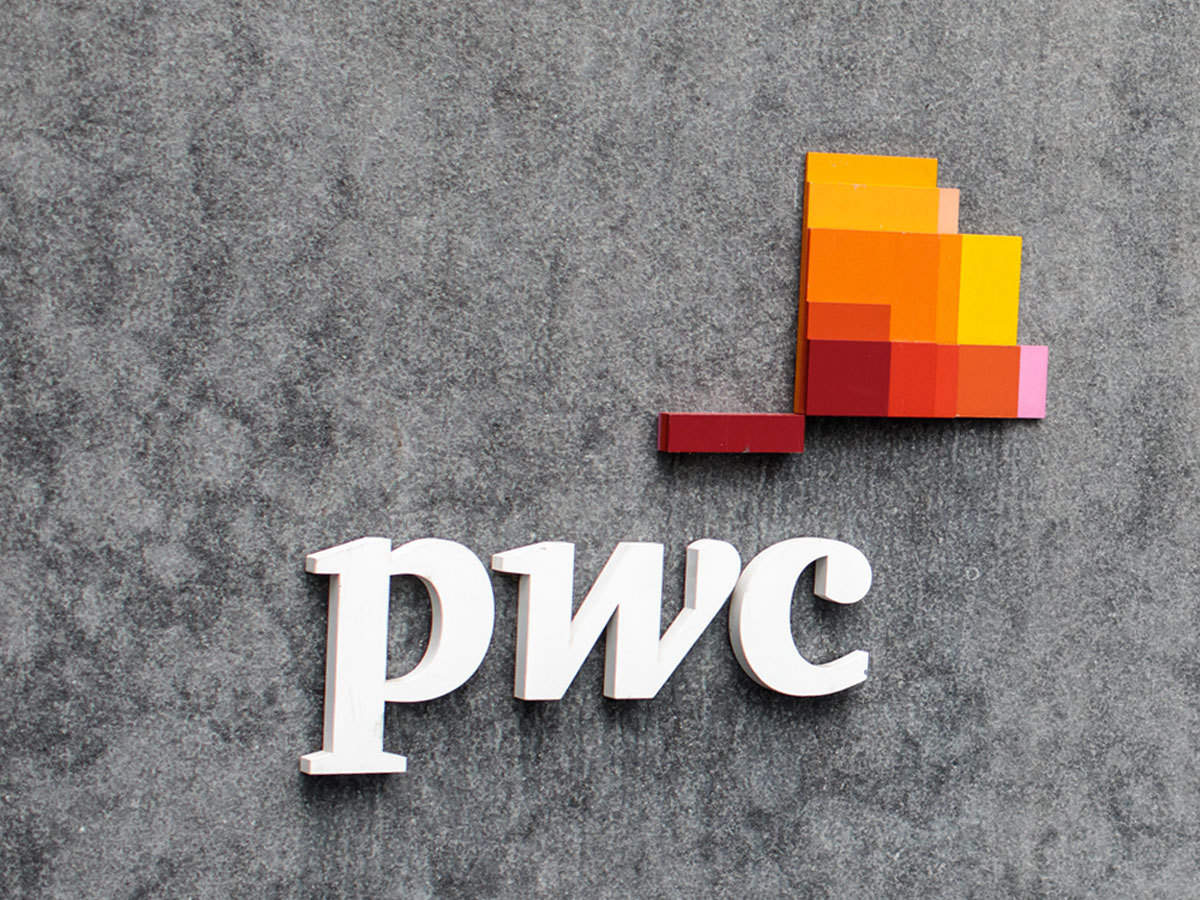
The blockchain framework, published in a whitepaper by the Stellar Development Foundation and PwC, could create a common standard for blockchain projects.
Big Four services firm PwC has partnered with the Stellar Development Foundation and created a blockchain framework recently. They released a white paper on their findings, which has several innovative insights for the crypto industry. Crypto payment solutions have recently been an important subject, and the white paper details it.
The white paper’s main focus is on blockchain project standards. The paper states how crypto solutions enabled lower transaction costs. It has lowered fees for financial products to lower than 1%, it said. Meanwhile, it added that the speed of crypto payment solutions is also higher.
It then moved to the idea of financial inclusion that is promoted by certain blockchain projects. It referred to the examples of blockchain developers claiming their products could help increase financial inclusion. Even UNICEF had funded such projects, it said.
On the other hand, it implied that the absence of a framework may stop such blockchain projects from being successful.
“For some, a low-cost payment solution is the most pressing need, while for others, a savings solution in their language is what they require. The framework, therefore, is designed to be flexible to recognize that inclusion challenges and the factors that render services or products financially inclusive differs across populations,’ it said regarding the need for the framework.
The framework mentioned in the white paper mainly comprises four aspects: usage, quality, trust, and access. The parameters were further broken down, and a measuring scale for each one of them was proposed in the paper.
It noted that the blockchain projects would also need an assessment cycle of four phases. It included identifying the target group and area to implementing solutions using parameters. Using level charts and guidance and identifying barriers also featured in the phases.
The white paper went on to state two solutions using blockchain technology that have been successful for financial inclusion. The two solutions were payments and savings, respectively. The paper noticed how crypto payment solutions had drastically reduced the costs of transactions. Their study was based on four countries: Columbia, Kenya, Argentina, and the Philippines.
It also said how savings and wealth preservation could increase through blockchain solutions. The example of Argentina was an instance where a stablecoin project had helped its investors get better returns.
The white paper broadly focused on financial inclusion and set priorities for the blockchain industry. The three key actions it set aside for the industry could be instrumental for its future. Some of the action points were innovative solutions, empowering the financially underserved, and evaluating the impact on sustainable goals. The framework, if followed, has a high possibility of rolling out unique blockchain projects in the future.

